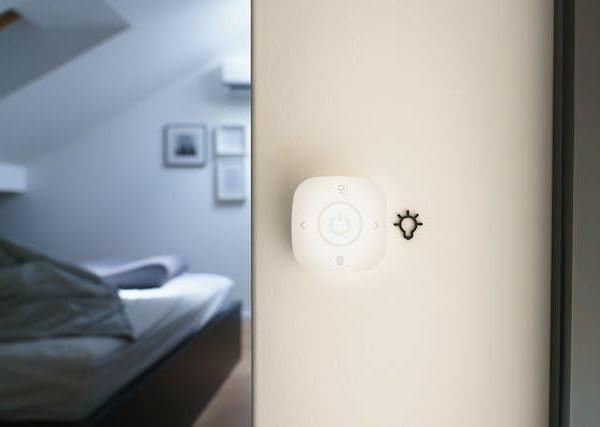Who among us who plant inside hasn't posed this query? Even while houseplants are great for your health and home decor, it might often feel like they simply want to pass away, particularly if you're just starting out with indoor gardening. Even worse, many times gardeners are baffled as to why their cherished plant perished.
The good news is that plants don't really suddenly disappear for no apparent cause. In reality, depending on the species, houseplants are quite predictable, and the great majority of plant deaths are brought on by a handful of common causes. Here are the main causes of houseplant death.
Excessive water
Although it may appear impossible, it's not only achievable but also a highly frequent error people make. Few plants, even many of the tropical plants we like inside, can withstand daily watering in a normal potting setting. 1 It's often a good idea to wait until the top inch of soil is dry, according to the sage advise. Additionally, keep an eye out for drooping or withering leaves since these are indicators that your plant is thirsty. Generally speaking, you should wait to water plants until they need it.
Lack of Drainage
Overwatering's first cousin is this. It's difficult to distinguish between watering and drainage since they are so closely connected, yet it is undeniable that many plants die as a result of poor draining. Even if the soil is drier higher up, poorly drained pots, which might contain root-bound plants or even old potting soil, can readily hold water at the bottom of the pot. As a consequence, the roots are left submerged in water, which provides the ideal environment for root rot. Similar to this, many individuals will water their plants until the tray is full, but they won't dump it, leaving the plant effectively submerged in a pond. Root rot is also invited by this. Generally speaking, you can water more regularly and with greater freedom to make errors with watering the better your drainage is.
Repotting not
It happens all too often for a plant owner to have a plant for a year or two, during which time it grows and looks fantastic, only to be surprised and perplexed when the plant suddenly begins to deteriorate. This is often brought on by a plant that is root-bound and no longer getting enough nutrients from the soil since there isn't much of it left. Not all plants need repotting annually, but you should keep an eye out for plants with entrapped roots. 2
Old Potting Soil Utilized
Additionally connected to not repotting is this. Peat is the main component of most potting soils, which decomposes over time and becomes more acidic. Even if nothing else changes, the plant will steadily starve because it becomes more difficult for water and oxygen to adequately infuse the root zone as peat decomposes (e.g., your watering schedule). When the plant need it, repotting is the best course of action. Take cuttings if your plant is too old.
Lack of Water
Since negligence is mostly to blame, it is fair to assume that those who allow their plants to dry up are just careless.
Issues with Fertilizer
Keep in mind that concerns with light and fertilizer are conspicuously absent from this list. The fact is that many plants may be quite adaptive provided the watering and drainage are done correctly. A plant with a strong root zone can often withstand temperature changes, insufficient illumination, and even low light levels. In this respect, plants are similar to homes in that they need a solid foundation to flourish. However, your plants will flourish if you can give them the right quantity of light and use fertilizer wisely.
Last but not least, if you do discover that you're dying a lot of plants, it could be time to start investing in harder houseplants and go gradually to the more difficult ones.
Relate Articles…



